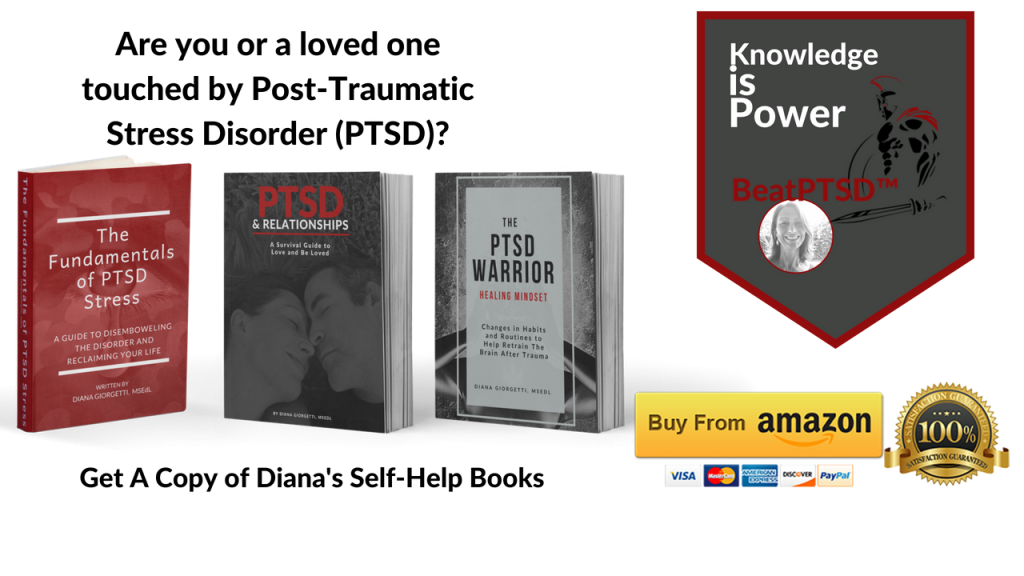Does anyone ever take note of how arguments happen, what sparks them, and what fuels them?
We all have hot buttons. We all have things that can get us fired up. Even those always calm and collected can get ‘hot under the collar’ in certain situations.
From a tone of voice, to a strange look, or the wrong word – just about anything can serve as the stimulus that gets an argument started.
A little spark that would normally seem like a non-issue is enough to get someone fired up and land in an unnecessary argument. Most of the time, once the spark and the rage are going, people don’t attempt to understand what is the driving force behind the fighting engine. People just keep going at it, without stepping back to evaluate how it all started. If we did this, we would be able to diffuse almost any situation. But we often don’t.
Elementary school fire-prevention classes taught us that a little spark is all that is needed for a forest fire to grow. Yet, most adults don’t apply this concept to conflict and instead allow insignificant things to light the fuse that ends in a huge explosion. Instead of helping diffuse situations of conflict, we allow the little spark to burn within us, quickly fueling the fire with defensive statements and needless counterattacks:
The button is ignited. We are caught in the fire. We can’t seem to stop.
But fighting fire with more fire by oxygenating the argument with ‘not so worthy’ replies only adds more fuel to a burning scenario. Yet, most of us continue to do this. Humans are accustomed to arguments. We are drawn to drama and tragedy. We seek it every day through our social media outlets, television shows, and watching the news that only focuses on the negative. When will we go back to elementary school teachings and understand that fire prevention also applies to personal conflict?
If there’s no fuel, the spark dies out.
Your Fault, My Fault, His Fault, Her Fault
In an argument, both parties are directly responsible for the initial spark and resulting flames. If one person doesn’t add fuel to the fire, the initial burst will simply die out. That critical moment when a comment, the wrong body language, or unkind words serve to spark up an argument, can be defused into a tiny ember that will quickly go out if defensiveness and attacks are eliminated by one or, hopefully, both parties.
If we remember that sparking up a fire that doesn’t need to burn can get everyone charred, then perhaps we can learn to neutralize instead of igniting. If we keep in mind that fighting fire with fire only hurts us and those around us, then we might come out unscarred from this encounter, and we might learn enough to keep us from another one. Defensive and argumentative responses only serve to get us caught in the fire. Once we throw fuel into the fire, we have gotten hooked and drawn into the fight.
A sarcastic comment, the swinging of the arms up in the air, or an insult – they are all sparks. We have no control over these, as we have no control over other people’s actions and reactions. Any of these can happen at any time, in any place, and without warning. What matters is how we react to them. Our response to these moments is what provides the fuel to send the argument skyrocketing into full blown fire and, possibly, a kaboom. If we don’t counterattack or become defensive, the size of the argument will reduce, and we might not even have a fire or destruction after all.
But, I Can’t Help It!
So how in the world can we prevent an argument? How do we learn to put the spark out instead of fueling to the point of an explosion? How do we go back to elementary school and use the techniques for prevention and fire extinguishing instead of the opposite?
WE DO THIS BY REMEMBERING HOW MUCH WE HATE TO SEE DESTRUCTION.
We do this by getting in touch with our Emotional Intelligence.
We do this by remembering that the initial spark simply provides the searing heat but, almost always, the inferno of argument can be prevented if we learn to control our reaction to conflict.
About That Tone of Voice
Just like a forest fire, an argument can start small. A rise in the voice, a harsh word or expression, or an action – all can be perceived as threats that can light the match that gets the fire burning. Whining, threats, and sarcasm are tones of voice others don’t like. Any of these can push people’s buttons and result in an argument. A whiny voice may prompt a person’s rage, as the person feels drawn to the pleading sound, but not like or appreciate it. I have never met anyone who likes commanding or demanding tones. This interaction usually produces a response that is just as demanding or commanding, and doesn’t help defuse any situation. A blaming or accusatory tone of voice will almost always spark the match of conflict. Many believe sarcasm belittles a person, and if it’s accompanied with an aggressive tone then it will most likely be received as an aggressive act.
Whenever you start to see an argument developing, make a special effort to keep your voice – and your words – in check. It’s not always easy, but practice makes perfect. If you meet somebody’s complaint, insult, or threat with more of the same, all you’re doing is adding fuel to the fire and readying yourself for an argumentative battle.
Instead, keep yourself calm, try to see things from their point of view, even if their point of view might seem irrational or outright wrong to you. Don’t raise your voice or engage in the one-upmanship so common to arguments. If you have to walk away in order to calm down or disengage, do so in a way that lets the other person know you’re not ignoring them, but are just stepping away to deescalate the situation. Diffusion by withdrawal.
A Note on Body Language
Perhaps the most important mode of communication, body language is a rich form of expression. Body language can start a fight just as likely as a verbal or physical reaction would. This is a strong protagonist to be the match that sends an argument into a burning fire. Body language can be perceived as menacing even when one party doesn’t physically touch the other. The simple act of jabbing your finger in front of someone’s face or leaning towards a person in an aggressive manner, or in a way that violates their personal space can cause someone to ready for a fight, and these attacks usually serve to prepare others to counterattack.
Be mindful of your own body language. Your body is a powerful form of communication that sends messages with every movement. These are as commanding as the tone of your voice or the words that come out of your mouth. Regulating your body language will help you convey the proper message: I am in control of myself and my actions, and I refuse to be controlled by someone else.
To Withdraw or Not to Withdraw
In most situations, withdrawing or fully removing oneself from someone else’s aggressive stance is the wise approach. Most times fully withdrawing from a conversation or interaction is appropriate to terminate a nonproductive or abusive conversation. However, in some situations, avoiding the other person or a conversation with them is, itself, a spark that can re-light the fuse. In this case, the aggressor might feel as if your extracting yourself from the situation to ignore them, or to initiate an even greater conflict, so don’t just leave or walk away in the middle of an argument.
It is important to be able to determine when withdrawing is the correct choice of action to discontinue an unhealthy debate. Always look at your own motives. If you’re withdrawing because you know it will push the other person’s hot buttons, then your motives are as negative as the other person’s need for attack. If you’re withdrawing because you feel unable [unwilling] to address the issue, then your behavior will surely get that fire burning. If you don’t make your need and desire to withdraw from the situation clear to the other person, they will assume you are intentionally disengaging.
Withdraw to set limits, not to invite conflict.
Those Darn Words
We all know that words are powerful weapons. Using words that demand and command are usually destructive in nature, and definite sparks that can light the fire. Accusatory or blaming words are almost always going to be received as negatives by the other party. Name calling is an almost certain way to start a fight. Giving advice by psychoanalyzing the other person comes off as an attempt to exert superiority, as nobody likes to be controlled by another person.
How we respond to any of these initial words will determine if more fuel is thrown into the fire, if we strike the match and watch it burn, or if the flame goes out and doesn’t grow into a raging fire. Hopefully we can achieve the latter, but it is not always that simple. Once you’re handed a lighted match, try to put out the possibility of a full-blown forest fire by listening and reflecting on the other person’s words, as harsh as they might seem at the time.
Reflecting on their words (instead of firing back) doesn’t mean you’re agreeing with what they’re saying or that you’re no longer concerned with their approach. It doesn’t mean you’re defending your position and belittling theirs. It simply means you’re willing to listen and reflect on their words. Reflecting on someone’s harsh words doesn’t immediately end a confrontation, but it might serve as the first step in the winding down process necessary to diffuse a situation of conflict. It’s a careful approach at attempting to put out the fire.
The Power Within You
We all have the power to start and stop arguments. We all have the power to stop an argument from developing into a possible fiery explosion. Emotional intelligence and mindfulness can be influential tools to help us take control of our own tone of voice, our body language, and the words that we allow out of our mouths. They can help us refrain ourselves from pushing others’ hot buttons. If a tone of voice, some body language, or certain words ‘touch’ you but are not enough to start an argument, avoid throwing fuel into the fire by responding in the same manner. Whatever method you choose for the delivery of your response or statement, be it verbal or non-verbal, do it in a controlled manner: keep your focus on your voice and body mechanics and you’ll keep yourself out of the forest fire.
STEP BACK. ANALYZE. LISTEN. REFLECT. ACT TO DIFFUSE.

